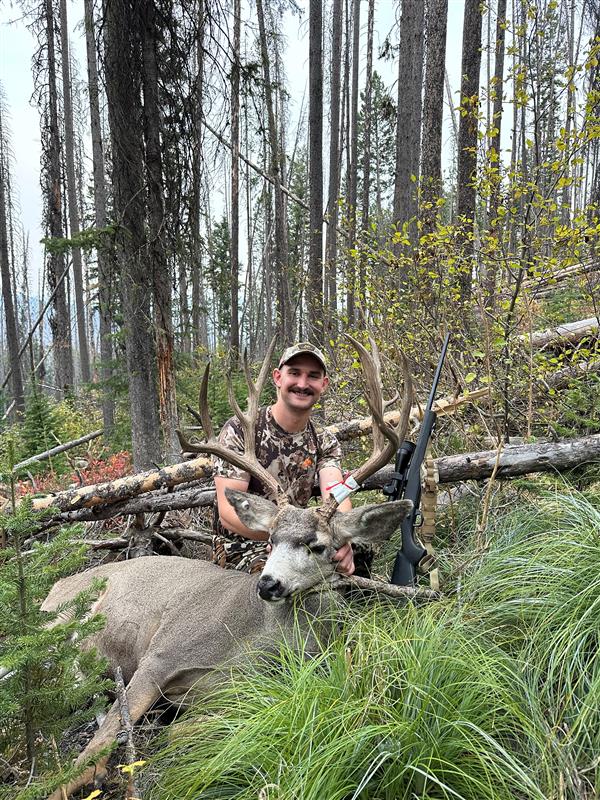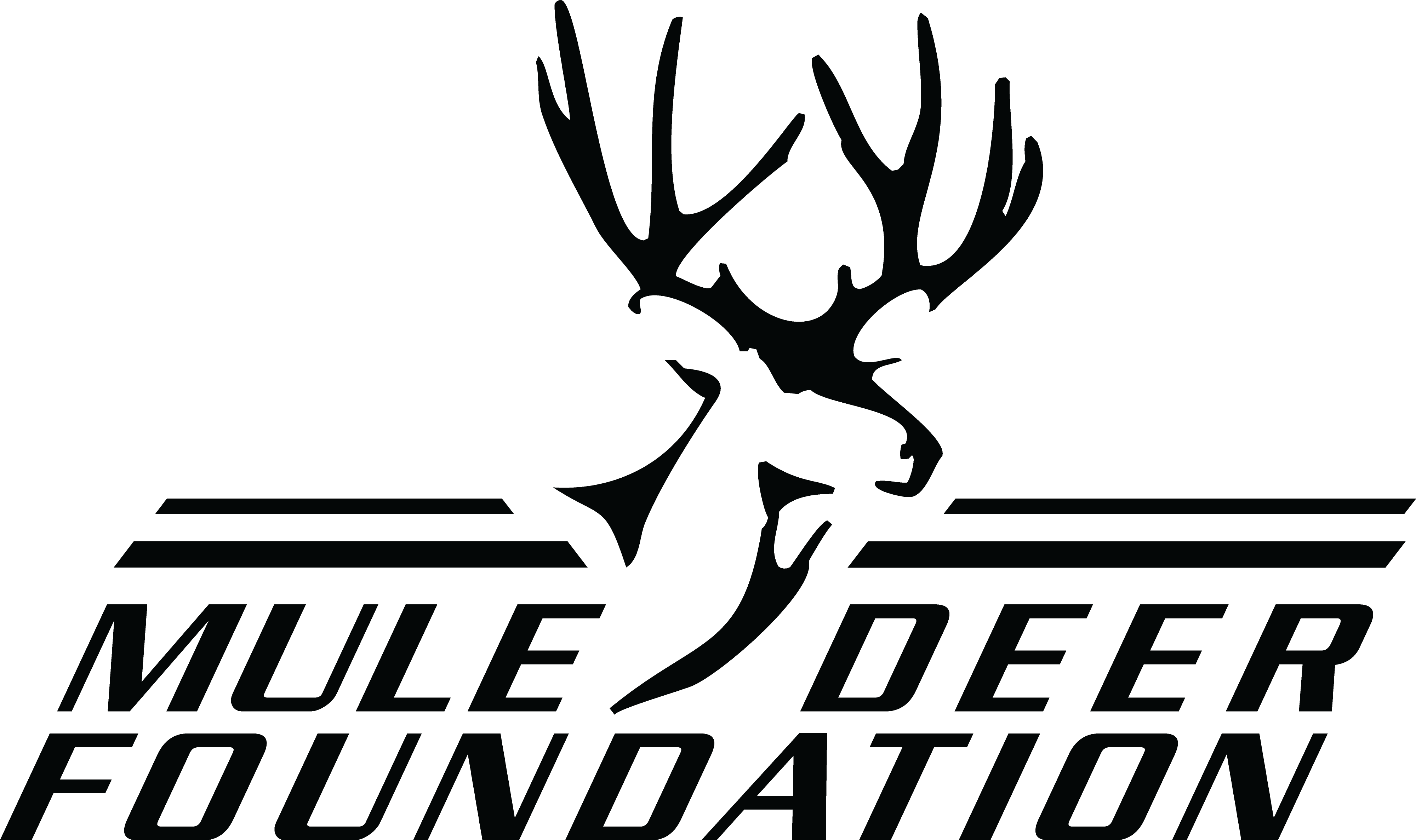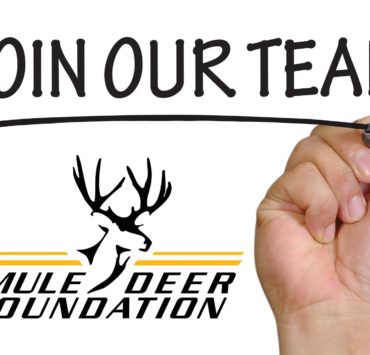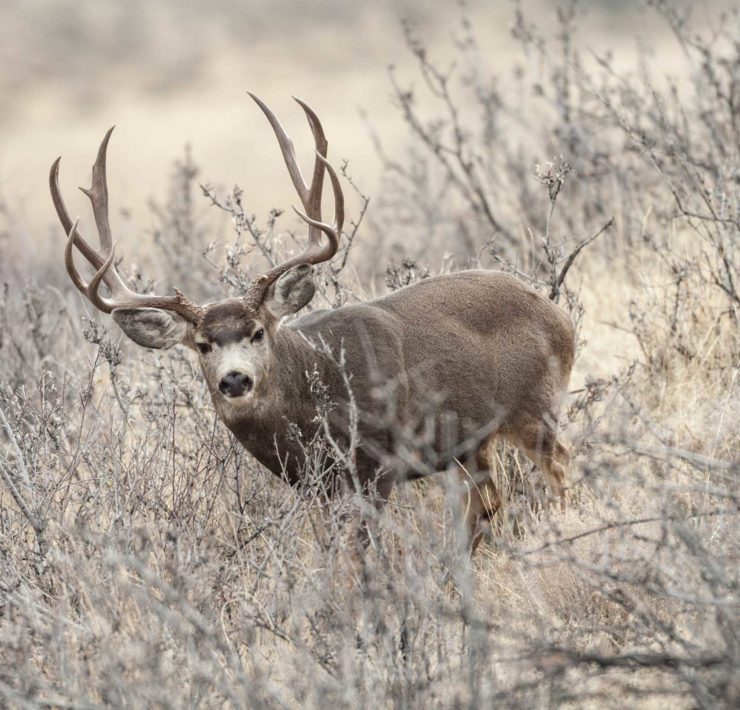Three ways to Self Euro Mount

by: Cody Fongemie
After a long season, hopefully you are returning home with a mule deer or black-tailed deer in your truck. I am a big Euro-mount guy. When they are correctly done, they just look sharp. I like that they can be done at home which saves you those long waits at the taxidermist and some cash. So, with that in mind, here are three ways you can DIY your buck into a sick euro mount.
Boiling the Skull
Boiling is the most commonly used method for creating Euro mounts at home. This process involves simmering the skull to loosen and remove flesh and tissue.
Materials Needed:
- Large pot (big enough to submerge the skull)
- Heat source (outdoor propane burner works well)
- Dish soap or washing soda
- Knife or scraper
- Optional: Peroxide for whitening
Steps:
- Remove as much flesh, tissue, and brain matter as possible before boiling to save time.
- Place the skull in a large pot of water and bring it to a gentle boil. Add dish soap or washing soda to help break down grease and tissue.
- Simmer the skull for 1-2 hours, checking periodically. Avoid overboiling, as it can weaken the bones.
- Carefully remove any remaining flesh with a knife or scraper. A small brush can help clean intricate areas.
- Rinse well and let the skull dry completely. To whiten it, immerse it in a peroxide solution for 24 to 48 hours. Avoid bleach, as it may harm the bone.
This method is relatively quick but requires care to avoid overcooking the bone.
Maceration (Water Rotting)
Maceration uses bacteria to naturally break down flesh and tissue. It’s slower than boiling but preserves fine details and minimizes bone damage.
Materials Needed:
- Plastic bucket with a lid
- Warm water
- Outdoor space (due to odor)
- Rubber gloves
Steps:
- Remove most of the flesh and tissue manually.
- Submerge the skull in a bucket of warm water, ensuring it’s fully covered.
- Seal the bucket with a lid and place it in a warm area.
- Over 1-2 weeks, bacteria will break down the remaining tissue. Change the water if needed to reduce odor.
- After maceration, rinse the skull thoroughly. To whiten, soak it in peroxide.
Maceration is labor-intensive but excellent for preserving delicate skulls.
Burying the Skull
Burying is a low-effort, natural method that allows soil bacteria and insects to clean the skull over time.
Materials Needed:
- Outdoor space with suitable soil
- Mesh or screen (optional)
- Marker or post for locating the skull
Steps:
- Remove most of the flesh to speed up the process.
- Dig a hole in well-draining soil, deep enough to prevent scavengers from disturbing the skull.
- Wrap the skull to prevent small bones from being lost.
- Cover the skull with soil and mark the location.
- Leave it buried for 3-12 months, depending on soil conditions and climate.
- Afterward, carefully unearth the skull, clean it with water, and whiten it if desired.
Burying is cost-effective and low-maintenance, but it takes the longest time and may result in some discoloration. You can also do this in a five-gallon bucket or a big pot. I currently have a Pronghorn skull in a five-gallon bucket in my basement. You can also use gardening soil or compost and you can throw some bait worms to help it along. A bonus to this method is that it doesn’t smell at all, and that makes my wife happy, so I am sure it will make yours happy.
You’re in control from the hunt to the wall.
Doing your own Euro mounting is going to be a great experience. Taking an animal that you spent a ton of time to get a clean shot on, harvest, and get it on your wall yourself as a beautiful Euro amount is an amazing experience.
With that in mind, there are always little ways that you’ll be able to tweak these to get the outcome that you want; maybe you figure out that you like to use a different type of soil, or you boil it for a different amount of time. Whatever those little tips and tricks are you find out along the way, be sure to let us know so we can continue to spread the word.
Good Luck
Good luck this winter and remember to send any success pictures or stories from the field to [email protected] and you could be featured on our website or in our magazine. If this article or any of our articles have helped you become a better hunter or conservation steward, consider becoming a member of the Mule Deer Foundation for only $35 dollars a year. Click here to join: https://muledeer.org/product-category/membership/

Cody Fongemie @Fongeinthefield
Born and raised in New England, Cody developed a deep appreciation for American history and adventure from a young age. His love for the outdoors led him to become both an avid outdoorsman and a dedicated writer on related topics. After studying in South Carolina, he enlisted in the Air Force, where he is currently serving. Outside of his military duties, Cody enjoys hunting, fly fishing, and engaging in various adventurous activities, often sharing his experiences through his writing. He also works to connect the military community with the outdoors through non-profit initiatives.





